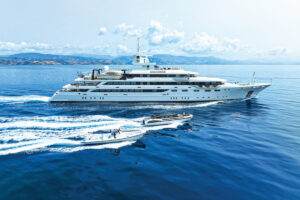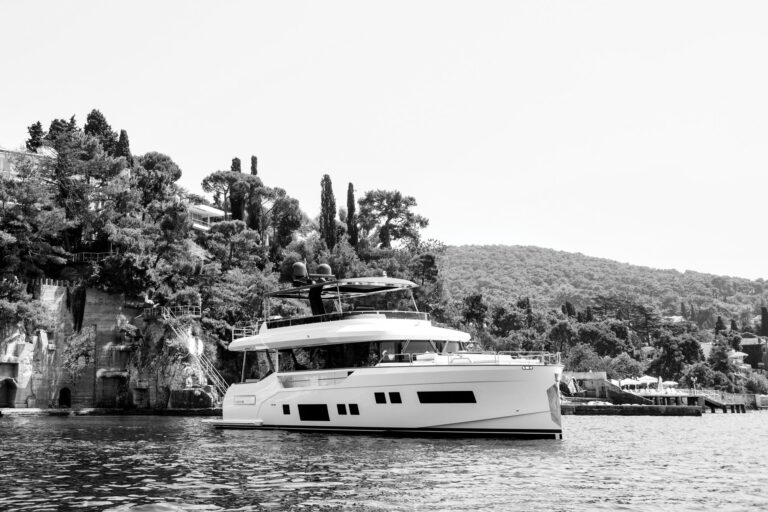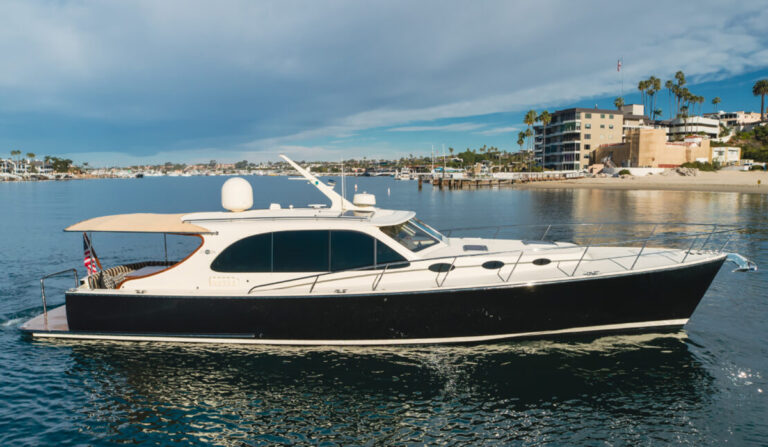
They came for the cod. Long before the idea of the deep-V hull, the advent of refrigeration, the founding of America or even the Pilgrims landing at Plymouth Rock, fishermen from Western Europe came for the stocks of cod in the Grand Banks off Newfoundland and Nova Scotia. They could catch the fish in droves and then dry it or salt it so the protein would keep for months, making it a commodity able to be transported back across the Atlantic during the early 1500s. At the markets in Paris, where the fishermen offered their catch, conversations about the continent’s goings-on might alternate between the latest cod delivery from the New World and a freshly painted Michelangelo work on the ceiling of the Sistine Chapel.
And they kept coming to take the cod, for hundreds of years, until the fishery became unsustainable. In 1992, Canada banned nearly all commercial cod fishing. The hope was that a couple of years at peace might let the cod stocks recover. That’s only now starting to happen, albeit slowly, scientists say.
Today, we’re cruising to Nova Scotia not for the cod, but for the bluefin tuna, which congregate from June to October in sizes that can surpass 1,000 pounds. From 2011-15, there was debate about whether the tuna needed to be placed on an endangered-species list. For now, tuna fishing remains legal. Tourism dollars for catch-and-release angling of these behemoths has risen in recent years.
Cruising past docks and peninsulas like the one in the photograph above is a reminder of Nova Scotia’s roots, and all that could be again. Whole communities grew up around the cod industry — generations of fishing tradition passed from grandfather to father to son. The battle to preserve all the beauty of the place remains in the hearts and homes of the people who stayed; the nets and frayed lines we see along the docks still pass through their weathered, workmanlike hands, which they wave as we cruise by.
As we slow to lessen our wakes, we wave back, hopefully not just as a gesture, but as an acknowledgment.









